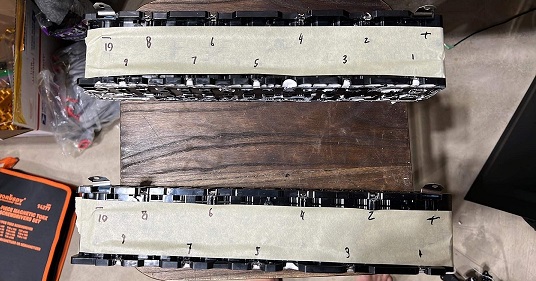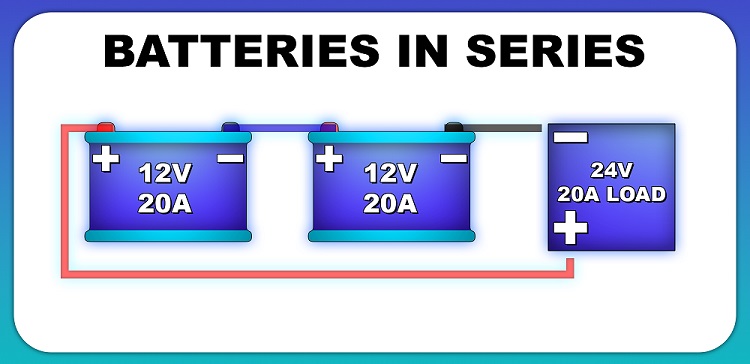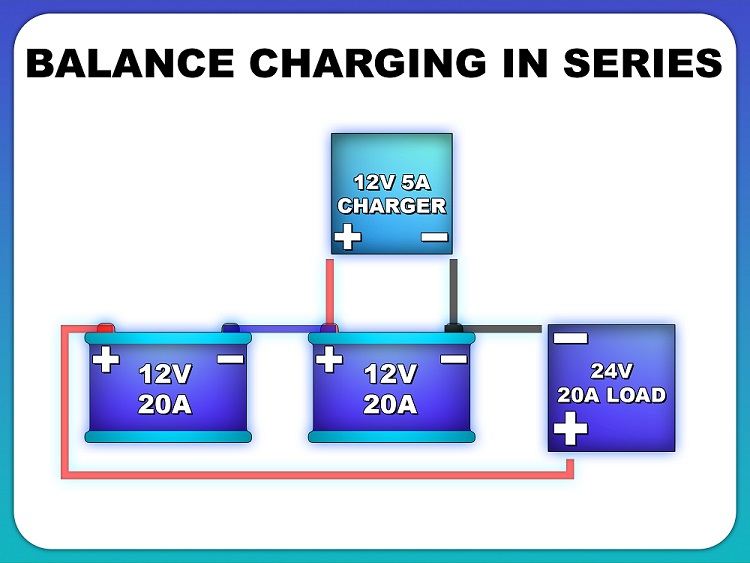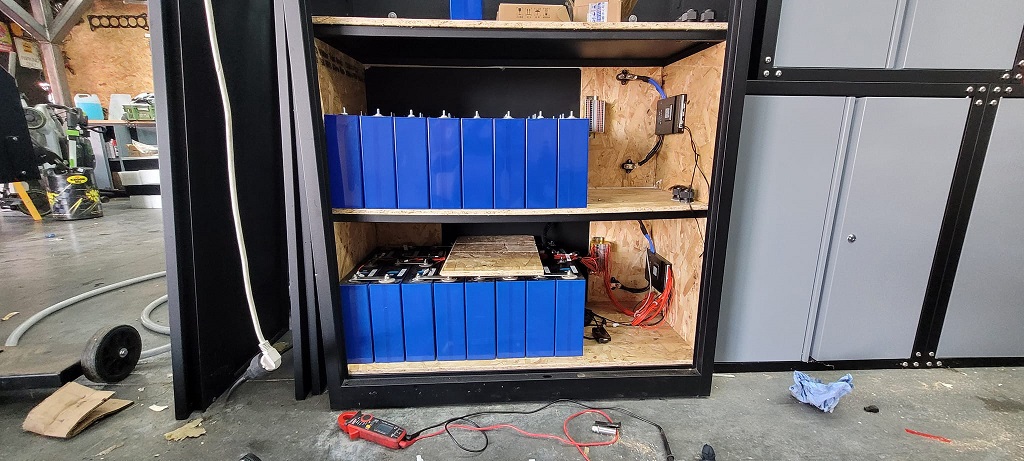
How Do You Balance Lithium Batteries in Series?
Table of Contents
To balance lithium batteries in series, you would need to charge the batteries individually to the same charge voltage.
Unlike cells in series that can be kept balanced by a BMS, lithium-ion battery packs in series have no overarching system to keep all of those batteries in balance. So you would have to manually discharge each battery to the same voltage or manually charge each battery to the same voltage. The good news is that in most cases if the batteries are matched in terms of size and capacity and resistance, once you get them balanced, they will stay balanced.
Can you Equalize Lithium Batteries?
Yes, but it requires a little extra effort. Balancing lithium batteries in series is important to ensure their longevity and safe operation. If you have several batteries in series powering a load and one of those batteries falls significantly below the other batteries, it could have a much higher than usual load placed on it. This can be a problem, even if the overall voltage of the batteries in series is within the normal operating range of your equipment.
Balancing Lithium Batteries in Series
To balance lithium batteries in series, it's essential to charge or discharge each battery individually to the same voltage. If the batteries are matched in terms of size, capacity, and resistance, they will maintain their balance once it's achieved. However, you may need to manually charge or discharge the batteries to the same voltage from time to time if they do not stay balanced.
Is It Safe To Wire Lithium Batteries In Series?
Yes but only if you know what you are doing. When connecting lithium batteries in series, it's crucial to ensure that the BMS supports this type of configuration, and if they don't, at least take a look at the voltage rating for the MOSFETs. MOSFETs are the components that control the power going in or out of the battery. They will generally be rated for a higher voltage than the battery pack's maximum voltage. For instance, if you have a 3S lithium-ion NMC BMS designed for cells with a max voltage of 12.6 volts, it should have 20-volt MOSFETs or higher.
If a battery dies in a series configuration, the MOSFETs in the dead battery could be exposed to the combined voltage of all batteries, potentially damaging them and, in the worst case, causing a fire. A BMS specifically designed for series configurations will indicate the supported voltage range or the number of batteries it can handle in series.
When lithium batteries are wired in series, their voltages are added but their amp hours and current carrying capacity remain the same. In order to increase amp hours and current carrying capacity you would need to add batteries in parallel. Due to the fact that watt hours is amp hours multiplied by volts, ultimately the capacities of the batteries are added together when wiring them in series. The catch is that the high voltage allows this energy to be used twice as fast as it otherwise would be able to.
Can A Lithium Battery Be Safely Charged In Series?
Yes, you can charge a single battery in series without removing it from the circuit. This can be accomplished with careful planning and execution.
Firstly you will need a charger rated at the correct voltage of the individual battery. If you do not have one you can also check out our article on how to build an adjustable bench power supply which will come in handy.
You will need to connect the charger directly to the specific battery's positive and negative terminals, bypassing the other batteries in the series. Don’t worry if it looks like how you have it connected will send positive from the charger to the negative point on a battery. That's only bad if you also connect the negative of the charger to the positive of that same battery.
So, carefully attach the charger's positive lead to the battery's positive terminal and the charger's negative lead to the battery's negative terminal. This can be confusing, especially if your wiring is a mess, so be very careful to avoid short circuits or any damage to the battery and charger during this process.
Once the charger is connected, you can turn it on and it will charge the battery in series with no issue.




